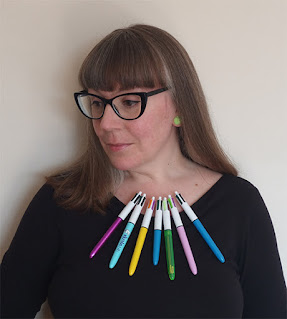Welcome to my final blog post where I am pleased to show my final outcome, ‘Hidden Workings’ for this project working with the MoDiP collection.
I wanted to continue my previous practice using augmented reality for the work and have focused on three items from the collection. I chose these on the basis of my ability to produce a 3D scan of the object and the potential for there to be a further story about their use.
The three objects I ultimately chose to work with are a sewing box, an iron, and a bento box.
I have an interest in domestic work and its status in society as women’s work, and I was interested in contrasting the value of the designed object with the work that the object is facilitating.
For
each object I have created a related scene which depicts the less recognised
hidden work which is vital to the existence of that product.
Each of these scenes have been placed inside the relating product so the scene becomes it’s ‘inner working’. This provides an immediate novelty aspect to the work which I intend to make the work accessible but with deeper meaning.
 |
See How They Work VR installation - Iron Image credit: Lisa Moro |
 |
See How They Work VR installation - Bento box Image credit: Lisa Moro |
 |
See How They Work VR installation - Sewing box Image credit: Lisa Moro |
My
installation can be seen via an Apple device - an iphone or ipad, by scanning
the QR code.
I have made a small version of this installation where the collection items are close to life size, this indoor version can be viewed on a table top.
 |
See How They Work - indoor version |
In addition I have made an outside version where the scenes are life-sized instead and the collection items are huge.
 |
See How They Work - outdoor version |
 |
See How They Work VR installation at St Clements Churchyard Boscombe |
BA Fine Art









